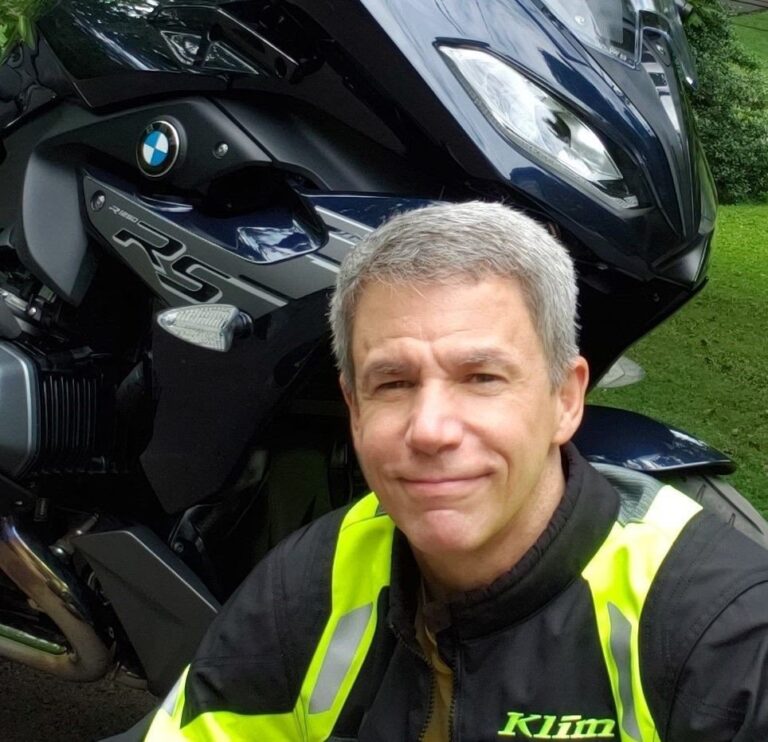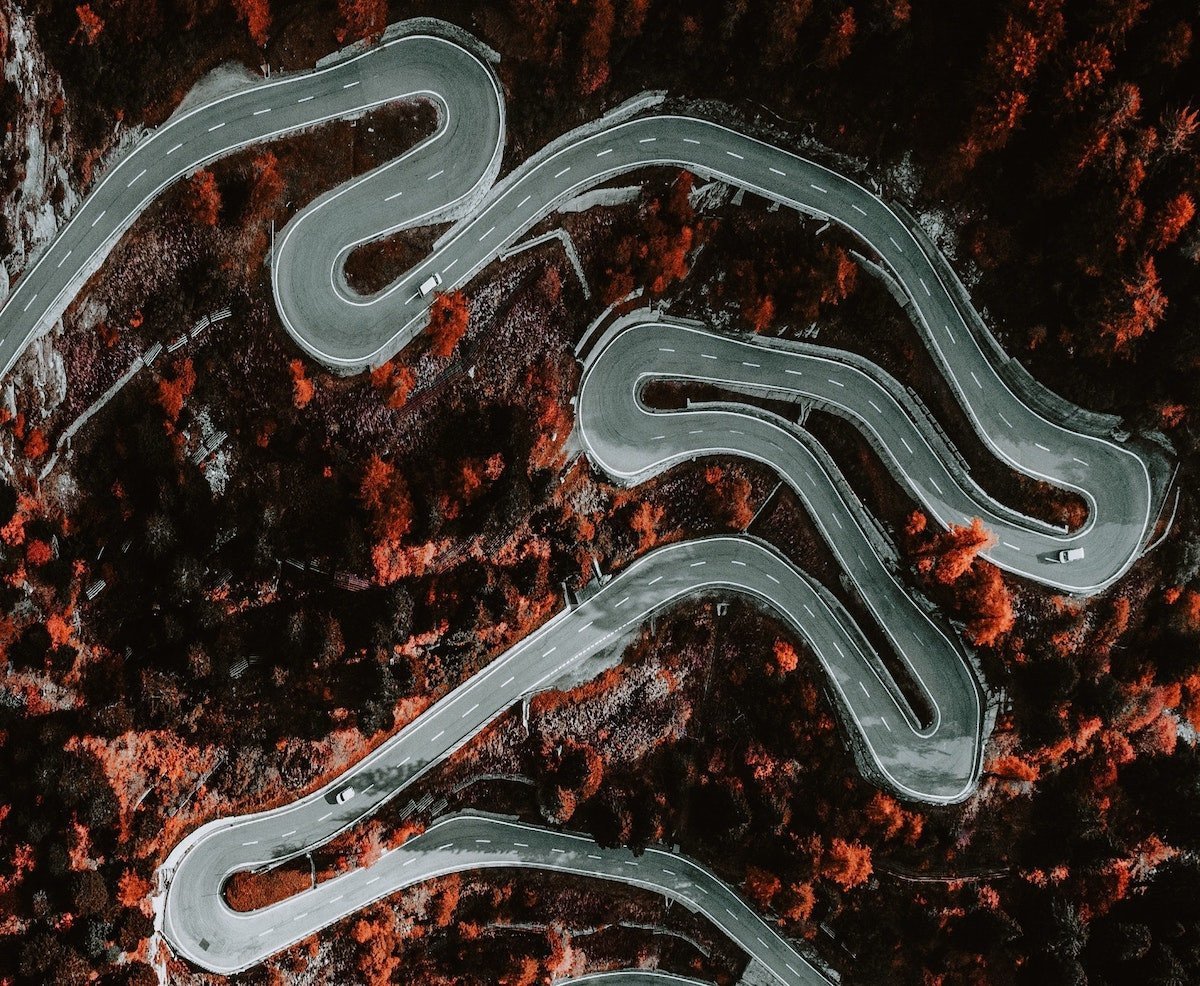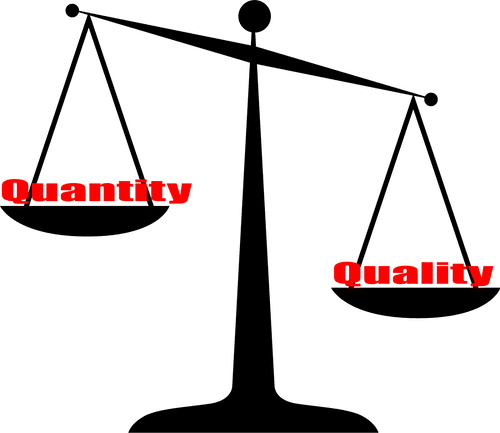The idea it takes 10,000 hours of practice to achieve expert status was popularized in Malcolm Gladwell’s bestselling book, Outliers: The Story of Success. It’s a misleading oversimplification to reduce his message to this one element, but he highlights the absolute necessity of long-term immersion in an endeavor to become a virtuoso, even for people with extraordinary talent and all sorts of other converging advantages.

Similarly, I’ve come to understand high-value human relationships require not only quality time, but also quantity time. Meaningfully intimate engagement (of any sort, not just romantic) develops in the context of long hours together, many of which are spent side by side in mundane routines, the details of which aren’t particularly memorable. Yet potentially priceless intangibles grow in the soil of familiar repetition, such as a sense of the other person’s solid reliability or some other feature that can only become clear and trustworthy over time. People may also reveal telling contemplations during lulls in external drama; without moments free of noise, extremely important disclosures never take place. These exchanges can’t be scheduled efficiently. They arise here and there when time is plentiful and relaxed. Like the microscopic layers of a pearl or faint washes of pigment in a painting, evidence accrues and confidence solidifies, whether we’re talking about skill development or really getting to know another person. Yes, there can be special moments of startling insight that move us forward in a sudden, dramatic leap, but the slow, steady accretion of knowledge and experience supply the requisite launchpad.
During my recent tour with IMTBike (see Trip of a Lifetime), we spent ten of our 13 days riding the sinewy rural roads of central Spain, the Portuguese coast and multiple mountain ranges in between, with three “rest days” to allow exploration of major cities on foot. Many stretches involved non-stop cornering; curves of every variety were connected to each other without any straights. Tortuously tight switchbacks, endless S-curves with increasing and decreasing radii, and long, lazy sweepers, were all laid out over equally diverse changes in elevation; imagine a rollercoaster ride that lasts for hours. I couldn’t possibly keep count, but I have no doubt we averaged well over a thousand corners per riding day. For comparison, Deal’s Gap (US 129 on the Tennessee-North Carolina border, a.k.a. “Tail of the Dragon”) is in my backyard. Its 318 corners in 11 miles can be traversed at a sedate pace in under half an hour. It only takes a few passes and less than 90 minutes to reach the thousand-curve tally, stamina permitting. The IMTBike tour regularly had us on roads more densely packed with corners than Deal’s Gap, and we rode them briskly all day, day after day. An estimate of 10,000 total tour curves would be extremely conservative. Obviously, we didn’t spend 10,000 hours riding, but there’s no question we gained substantial experience cornering a motorcycle. We’re all definitely closer to expert-level proficiency, right?
Well, probably.

One of the caveats in Gladwell’s book is the additional requirement of a certain quality of time. It’s critically important for the pursuit of skill to include accurate guidance and deliberate effort toward the right goals. Practice doesn’t make perfect; it just makes permanent. Only perfect practice makes perfect. It’s quite possible—in fact, it’s probably most prevalent—for people to practice the wrong techniques and cement them in place with lots of misguided repetition (whether done deliberately or simply as a matter of habit). Just consider the lousy performance of most drivers and how many years they’ve spent “mastering” their art. Given the good riding technique displayed by my fellow tour participants, I’m sure they all wore in deeper grooves of corner attack strategy and muscle memory that will serve them quite well going forward. While we didn’t receive any formal instruction as part of the tour, our guides and peers offered helpful tips upon request, and we were always able to watch each other’s approach and learn from direct observation. I expected to gain knowledge about geography, history, culture, and ancient architecture, but it hadn’t occurred to me this trip would contain so much education about riding, itself.
Once it registered, I was determined to extract as much as possible from this dimension of the tour. I studied each rider I followed (all of them, many times over during the two weeks involved), watching their lines, shifting and braking points, use of engine braking or actual brakes, body positioning, and anything else visible from behind. I also pulled up memory files from various training experiences in my past, recalling didactic portions of track schools, personalized input from riding coaches, and technique descriptions from books and videos. While these had plenty of overlap, they also contained significant differences. The multitude of corners available for experimentation allowed me to pick an approach (e.g., trail-braking in the Jim Ford fashion) and test it for an extended period, trying my best to faithfully execute the selected method and assess its strengths and weaknesses only after I’d demonstrated some ability to implement it consistently in a wide variety of situations. While the race track offers one kind of laboratory for applying tactics repeatedly and systematically in a fixed setting, a day of constantly changing demands provides illumination from a different angle. Both can be extremely valuable, but the additional factor of riding so many days back-to-back took learning to a whole new level on the tour.
 I certainly felt like a better rider by the time I left Europe, but I got independent confirmation of this when one of my most adept riding buddies spontaneously commented on my increased smoothness and speed through the twisties back home. I also have new experiential reference points for comparison in my own self-assessment. Two aspects have stood out so far. First, the profound power of quantity time is vividly salient. Those levels of confidence and competence to which I became accustomed on tour have been impossible to sustain with my typical pattern of weekly rides. Anyone who has ever been devoted to a program of regular exercise knows the shockingly precipitous losses that follow even brief lapses in training. Sadly, the same principle applies to riding, although—just as with physical conditioning—the contrast isn’t apparent without sustained periods of consistently frequent investment as benchmarks. It’s not that I’ve lost all the gains I made on tour, but some decay has definitely been apparent, even as soon as a single week after my return. Conversely, an all-day ride now delivers a more noticeable recharging of those benefits; I recognize how much more I feel like I did on the tour after racking up continuous hours in the saddle.
I certainly felt like a better rider by the time I left Europe, but I got independent confirmation of this when one of my most adept riding buddies spontaneously commented on my increased smoothness and speed through the twisties back home. I also have new experiential reference points for comparison in my own self-assessment. Two aspects have stood out so far. First, the profound power of quantity time is vividly salient. Those levels of confidence and competence to which I became accustomed on tour have been impossible to sustain with my typical pattern of weekly rides. Anyone who has ever been devoted to a program of regular exercise knows the shockingly precipitous losses that follow even brief lapses in training. Sadly, the same principle applies to riding, although—just as with physical conditioning—the contrast isn’t apparent without sustained periods of consistently frequent investment as benchmarks. It’s not that I’ve lost all the gains I made on tour, but some decay has definitely been apparent, even as soon as a single week after my return. Conversely, an all-day ride now delivers a more noticeable recharging of those benefits; I recognize how much more I feel like I did on the tour after racking up continuous hours in the saddle.
Secondly, there’s the phenomenon of “becoming one with the bike.” I mainly ride an R 1250 RS at home, but I chose the GS version as my tour mount out of curiosity and in response to several recommendations. Although I felt surprisingly at home on this machine within the tour’s first hour (!), I was very deeply bonded with it by the end of two weeks. It’s not an exaggeration to say I felt more in-tune with my borrowed Gelände/Straße than any other bike I’ve ever ridden, even those I’ve owned for many years. The concentration of saddle time wasn’t the only reason for this, as evidenced by how quickly I felt at home on the GS, but there’s no question our connection benefited tremendously from the sheer volume of uninterrupted time spent negotiating a vast array of riding conditions together—our engagement was truly intimate by the end. I have loved my RS dearly, more than any motorcycle in my 30-some-bike history. Yet returning to it has been undeniably disappointing. How much of this is superiority of the other bike’s design? Or a matter of personal fit? Or a function of continuous time spent riding one and not the other?
It remains to be seen how much of my affection for the RS can be restored. After our demoralizing first afternoon reunited, I’ve been encouraged by how much better it has felt at the end of several longer outings. I also remember how much more in-sync with the RS I felt after my one prior week-long trip on it. Perhaps I’d be just as enthralled with the RennSport as I was with the GS if I could take it out for another two weeks of ecstatic riding! Conversely, I might be crushed by regret if I endured the financial pain of replacing my RS with a GS, only to find the latter’s allure greatly diminished by my limited time to ride it. As a kindness to my wallet, and because I know I can be overly impulsive about such things, I’ll log more hours on my RS before trading—perhaps an extended “staycation” spent running back and forth on Deal’s Gap every day until I’ve hit the 10,000-curve mark within a compressed timeframe. What more might I appreciate about the RS with enough repetition?
If you’re considering the potential value of a lengthy tour—especially a guided one wherein you can focus on riding and needn’t worry about routes, arrangements, or mechanical issues—keep in mind the fantastic opportunity for skill development such an adventure includes at no extra charge. For me, it was an unexpected game-changer. I just hope it doesn’t necessitate an unexpected bike change, too.
Mark Barnes is a clinical psychologist and motojournalist. To read more of his writings, check out his book Why We Ride: A Psychologist Explains the Motorcyclist’s Mind and the Love Affair Between Rider, Bike and Road, currently available in paperback through Amazon and other retailers.

